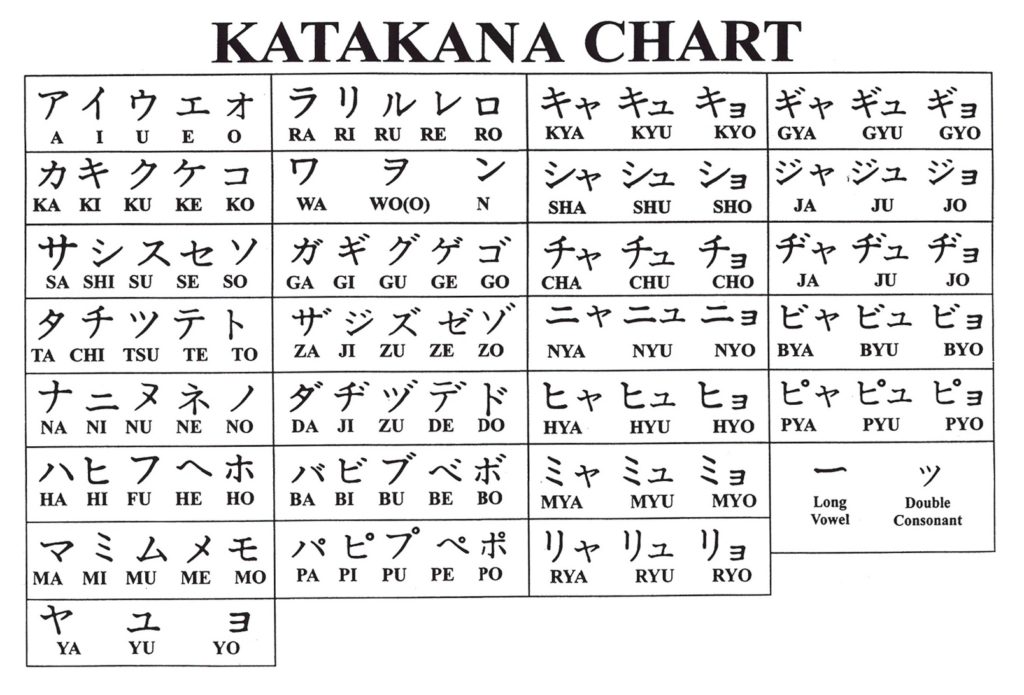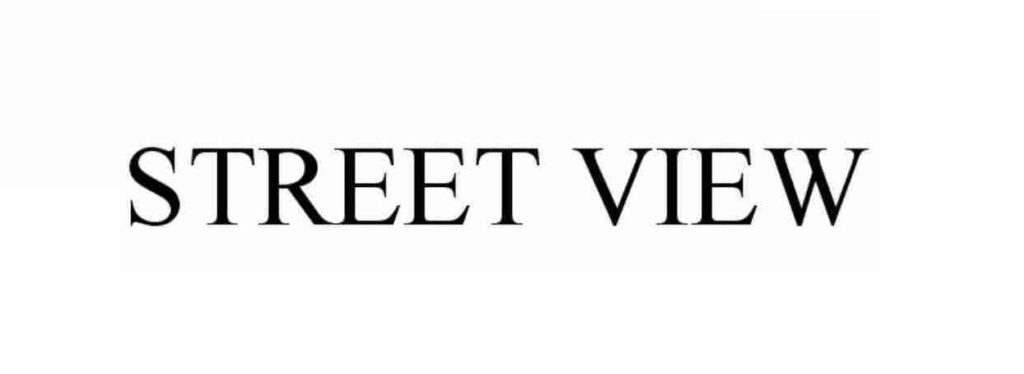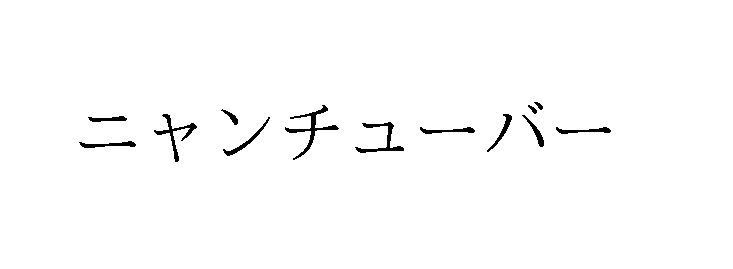The unique writing system of the Japanese language consists of three different character sets: Kanji (several thousands of Chinese characters), and Hiragana and Katakana (two syllabaries of 46 characters each).
Specifically, Katakana gets used to writing foreign loanwords phonetically.

By virtue of Katakana, we get a clue to learn the proper pronunciation of unpronounceable alphabetical words. In this regard, Katakana is obviously of great help to avoid phonetic slip-ups and mispronouncing high-profile brand names in Japan.
For instance, when we come across the word “YVES SAINT LAURENT” for the first time, we most likely call it “i-bes-sein-to-lo-ren-to”.
Likewise, we are likely to call “Uber” as “yu-be:ru”, “Google” as “go:gu-lu”, “NIKE” as “ni-ke”, “Levis” as “le-vi-su”, “XLARGE” as “eks-la:ji”, “Michelin” as “mi-sye-lin”, “XXIO” as “eks-esk-ai-ou”.
In other words, less attention to Katakana in promoting alphabetical brand names is likely to result in mispronunciation among the relevant public in Japan as you can see from the above instances.
What’s worse, it may give rise to a tragedy that trademark registration for the alphabetical name is insufficient to force an unauthorized entity to cease its use of a mark consisting of Katakana to represent the correct pronunciation of the name due to dissimilarity of the marks.
Provided that trademark registration is solely composed of alphabetical words, the pronunciation of the mark is construed based on the most natural, logical way to pronounce it.
In this regard, it was a bit surprised that the Supreme Court judged a wordmark written in Katakana to be read as “reeru-dyu-tan” is phonetically identical with a registered mark “L’Air du Temps” in Case 1998 (Gyo-Hi) 85. Undoubtedly the judgment was based on the facts that “L’Air du Temps” had become well-known as a brand of perfume and the registered mark had been advertised accompanying a Katanaka “reeru-dyu-tan” as well.
When we come across the word “L’Air du Temps” for the first time, little thought is given to call it “reeru-dyu-tan”. The most natural way to pronounce it is “lu-ea:-dyu-ten-po-su” indeed. Thus, the Supreme Court judgment should not be considered to negate the necessity of Katakana in avoiding mispronounced marks.
It is advisable to use and register a Katakana character representing the correct pronunciation of the brand name as well as the alphabetical letters, especially where the letters are unpronounceable to the Japanese and thus natural pronunciation is not what a brand owner expects the Japanese to call it.
NIKE uses and registers its corporate name in both respectively.







